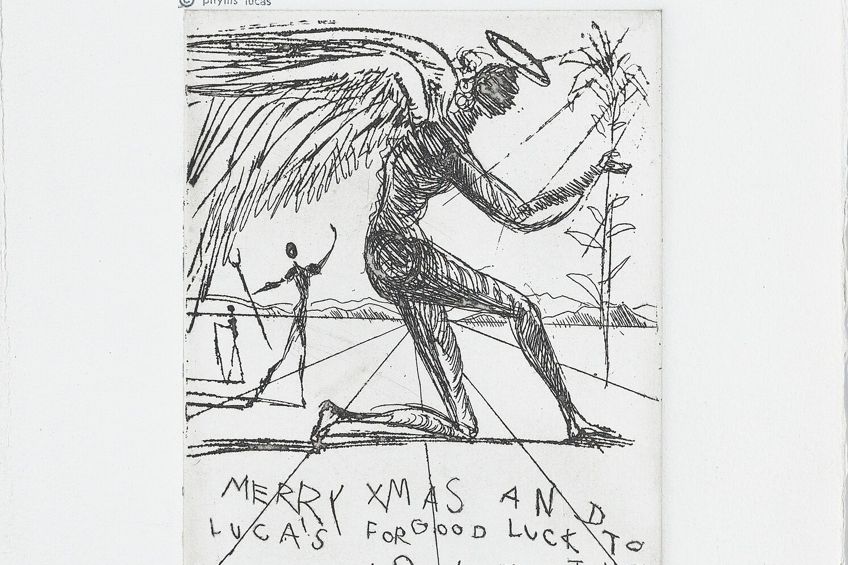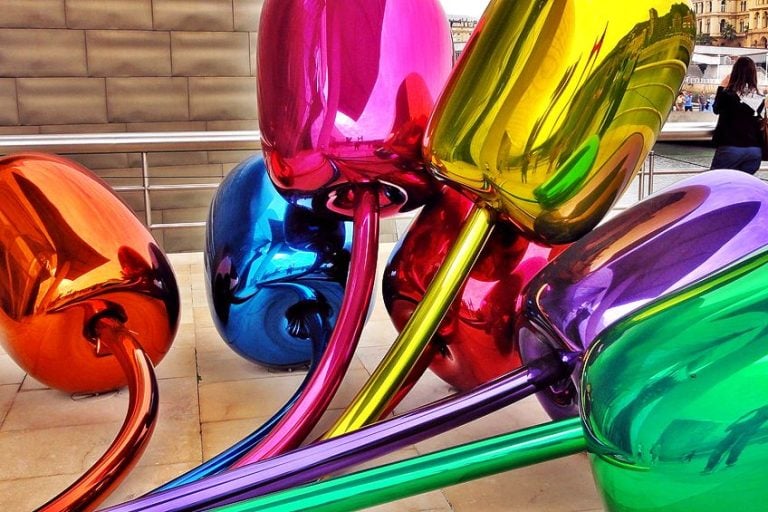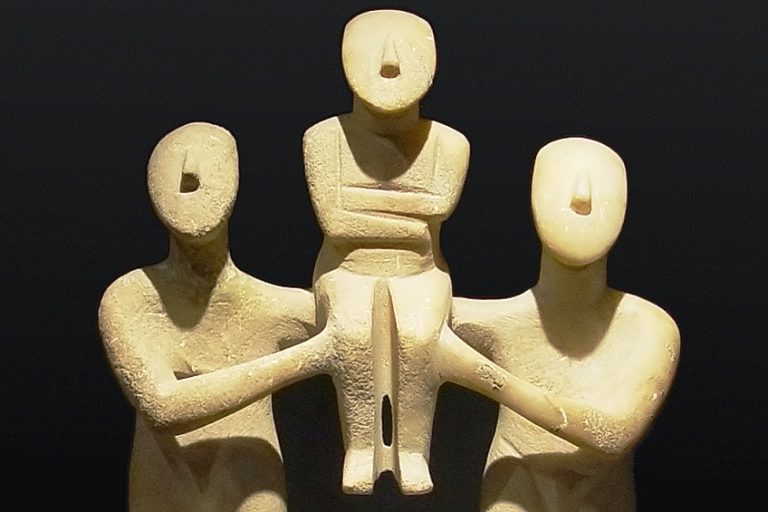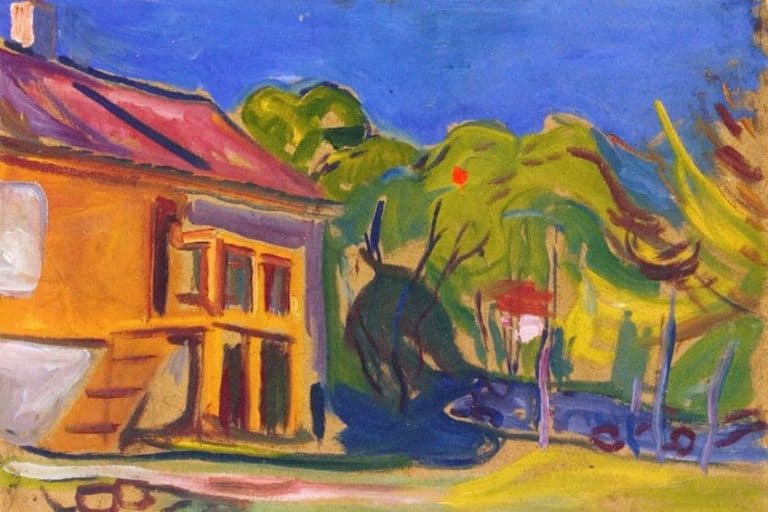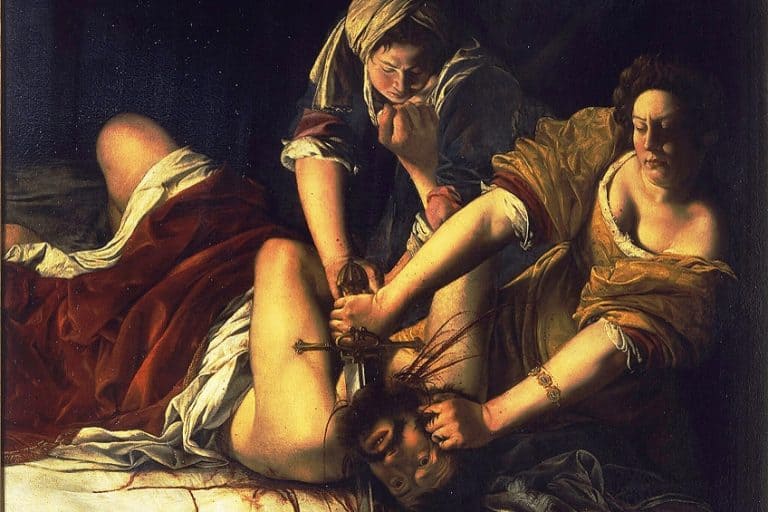Automatic Drawing – Exploring the Art of the Subconscious
What is automatic drawing? The term “automatism” comes from physiology, where it refers to unconsciously regulated body motions such as sleepwalking or breathing. Sigmund Freud, a psychoanalyst, explored his patients’ unconscious minds through free association and instinctive painting or writing. The views of Sigmund Freud inspired André Breton, a French poet, who founded Surrealism in 1924.
The World of Automatic Drawings
One of the primary contributions of Surrealism to Modern Art is automatic drawings. This peculiar approach to art creation has been extensively used not just by the surrealists, but also by other modern and current artists. In their initial automatic works, people such as Breton and others developed the first instances of automatism, striving to write as quickly as possible without interfering consciously with the movement of the hand. Max Ernst pioneered surrealist collage, which combined pictures ripped from periodicals, book illustrations, product catalogs, and other sources, and was the first type of automatism in the visual arts.
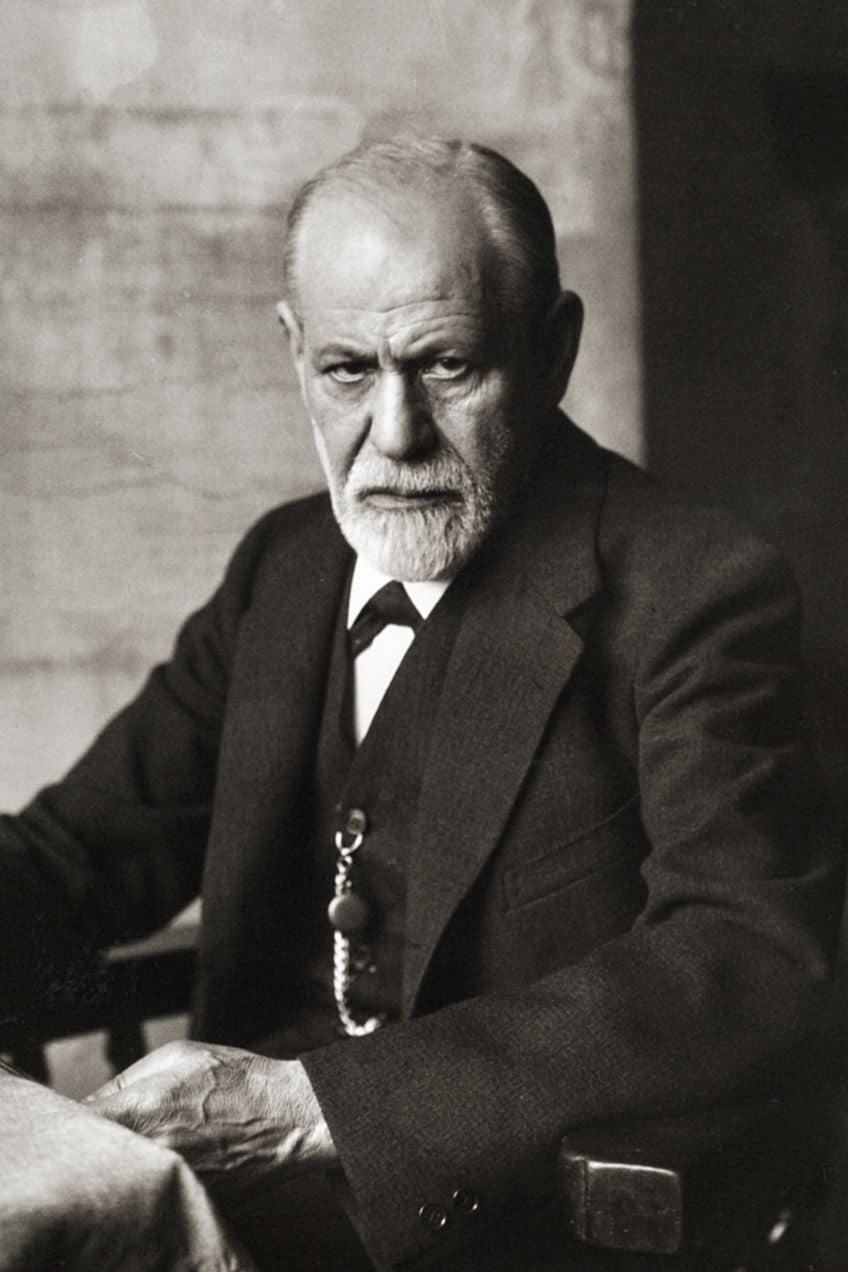
Ernst also included frottage and grattage in his works to produce random textures. Artists such as Andre Masson, Joan Miró, and Ernst pioneered various styles of automatic drawing and painting. Later automatism contributed to the abstract expressionism artworks of artists such as Jackson Pollock and others, as well as the European trends of arte nuclear and art informel. While the word automatism is most often associated with 20th-century painters, notably surrealists, previous artists such as Alexander Cozens apparently utilized aspects of chance to make works, while others apparently entered trance or visionary states.
What Is Automatic Drawing?
Automatic drawings are defined as “conveying the subconscious”, implying that one ought to sketch randomly over the page without any rational thought or control. As an end result, we are left with a sketch created by the subconscious for the purpose of learning more about the artist’s psyche. If the artist employs rationale or thought in their automatic drawings, the subconscious would be suppressed and there would be no way to communicate with the deepest parts of a person’s psyche.
Following the production of the first works of art using automatic drawing, this newly developed method was quickly applied to paintings and other artistic media.
For instance, Pablo Picasso showed interest in surrealism and automatism throughout his later years. The French-Canadian group Les Automatistes, one of the most well-known automatist ensembles, fully abandoned the idea of portrayal of real-life objects in their application of automatism art. Other mediums and movements have been significantly influenced by this technique. Today, computer artists, painters, and many more utilize it.
Artists That Created Automatic Drawing Examples
Automatism art has been integrated into several art movements. But, who are the artists behind the spread of Automatism art? In this next chapter, we shall explore the artists that have helped establish this strange art form.
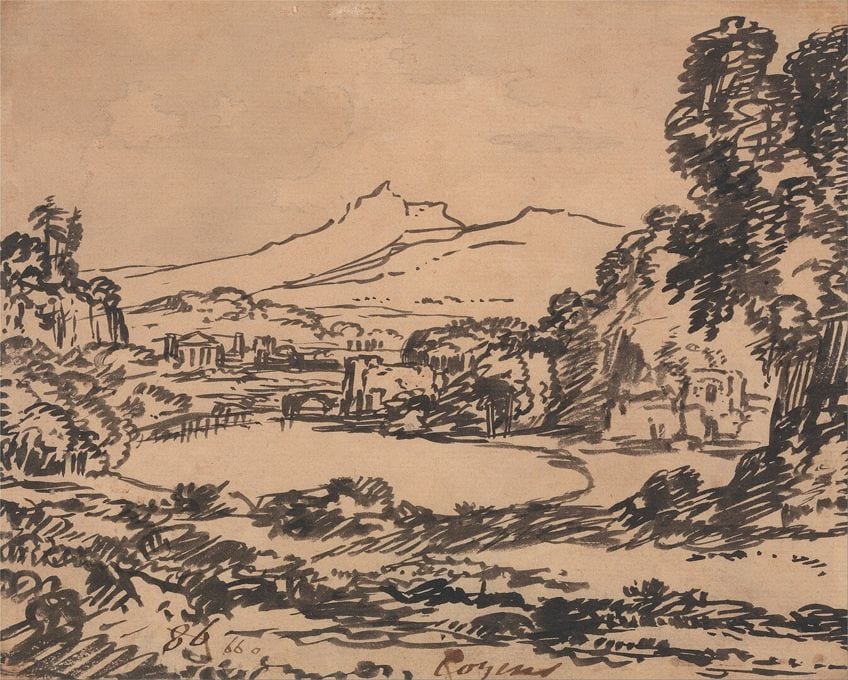
Austin Osman Spare (1886 – 1956)
| Artist Name | Austin Osman Spare |
| Nationality | English |
| Date of Birth | 30 December 1886 |
| Date of Death | 15 May 1956 |
| Place of Birth | London, United Kingdom |
If Andre Masson could be considered a pioneer of the automated drawing technique, then Austin Osman Spare was its primary theoretician. This English occultist and artist created quirky magical practices such as automatic drawing and writing, and sigilization.
He was strongly influenced by Art Nouveau and Symbolism.
His use of these methods was the result of his interest in the interaction between the conscious and unconscious selves. Natural psychic and artist Spare developed a body of work that significantly diverged from traditional occultism through his examinations of creativity. He was ridiculed by Crowley early in his career because he was ahead of his time, but he gained respect and understanding from the following generation, who welcomed his concepts with enthusiasm.
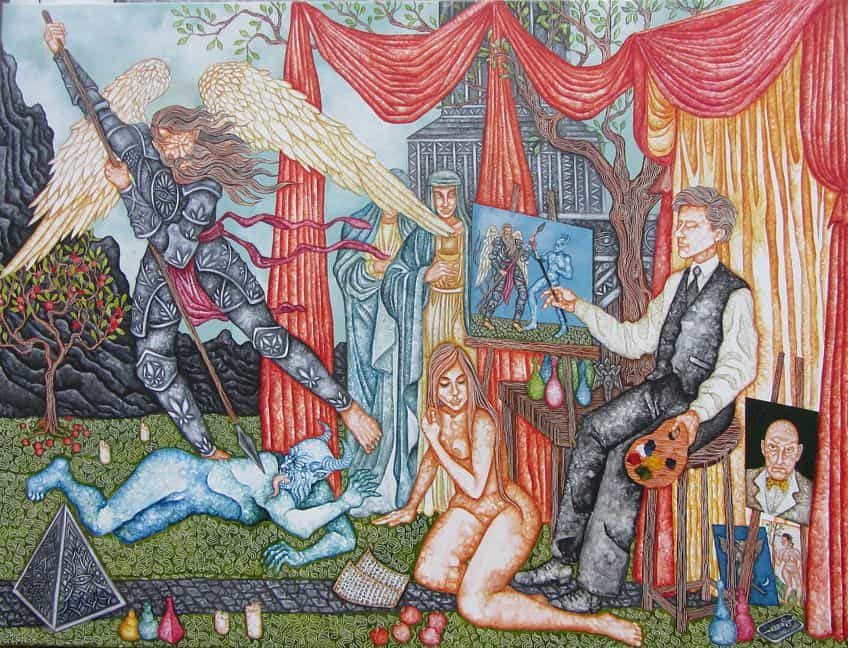
Jean Arp (1886 – 1966)
| Artist Name | Jean Arp |
| Nationality | German-French |
| Date of Birth | 16 September 1886 |
| Date of Death | 7 June 1966 |
| Place of Birth | Strasbourg, France |
Jean Arp, a well-known German-French painter, sculptor, poet, and abstract artist, made extensive use of automatic sketching in his work.
The amount of work produced using this approach can only be compared to those produced by Andre Masson.
Apart from the Surrealist movement, Arp was also involved with the Zürich Dada movement and, subsequently, the Cologne Dada group. When he left the Surrealists in 1931, he discovered Abstraction-Création collaborating with other painters in Paris.
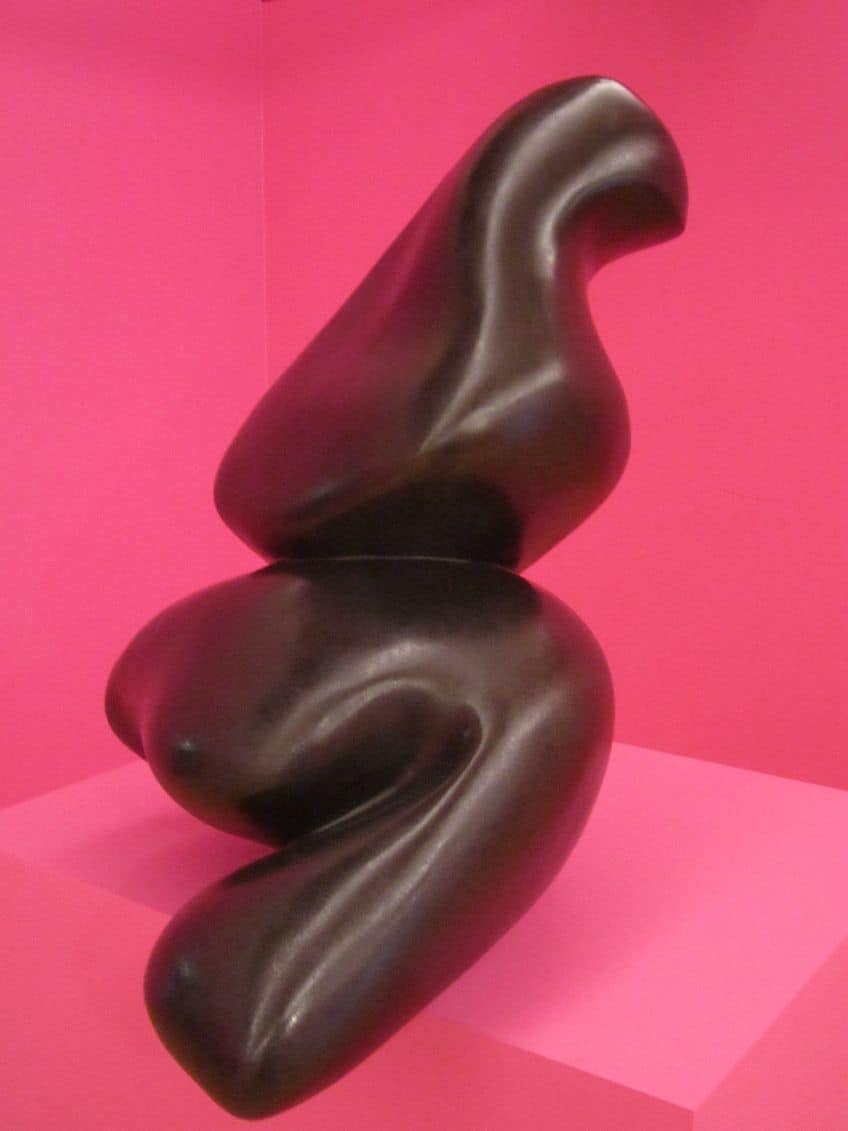
Joan Miró (1893 – 1983)
| Artist Name | Joan Miró |
| Nationality | Spanish |
| Date of Birth | 20 April 1893 |
| Date of Death | 25 December 1983 |
| Place of Birth | Barcelona, Spain |
Joan Miró, one of the most prominent Spanish artists of the 20th century, made some intriguing automatic drawings influenced by the work of Masson and other Surrealist artists.
His works were never non-objective, but he was constantly striving to undermine the concept of representation.
One of the steps he took to avoid representational art was to use the automated drawing approach. Nonetheless, this approach was never recognized as one of his best achievements. Despite his celebrity, Miró, a quiet, timid man, continued to focus solely on producing art. His work had progressed gradually from his early attempts at expressiveness to the masterpieces of his late period.
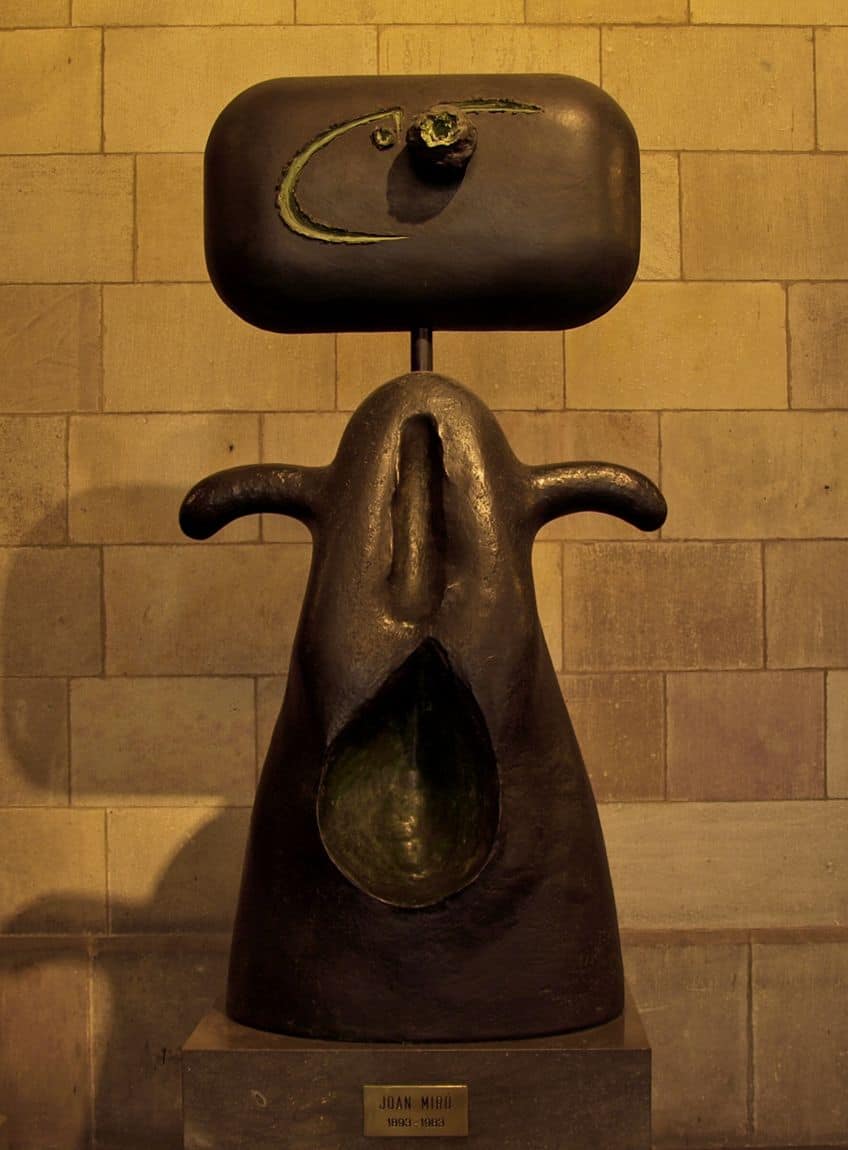
Andre Masson (1896 – 1987)
| Artist Name | Andre Masson |
| Nationality | French |
| Date of Birth | 4 January 1896 |
| Date of Death | 28 October 1987 |
| Place of Birth | Balagny-sur-Thérain, France |
A well-known French surrealist, Andre Masson is arguably best recognized for his drawings. He was the person who, inspired by Philippe Soupault and Andre Breton’s use of automatic writing, introduced this technique into Modern and Contemporary art. He left the Surrealist movement at the end of the 1920s because he considered this style of drawing to be too constricting.
He began creating more structured paintings that were typically driven by politics, primarily as a response to the Spanish Civil War.
Masson produced some of the most well-known automatic drawings in the history of art. André Masson started his automatic drawings without a specific topic or arrangement in mind. He unconsciously let his pen move swiftly over the paper, channeling energy like a medium. Soon, he saw that images – scattered figures and objects – were beginning to emerge from the lace-like, laconic network of pen strokes. Masson occasionally added to or changed things consciously, but he often left the remnants of the rapidly applied ink alone.
Salvador Dalí (1904 – 1989)
| Artist Name | Salvador Dalí |
| Nationality | Spanish |
| Date of Birth | 11 May 1904 |
| Date of Death | 23 January 1989 |
| Place of Birth | Figueres, Spain |
Spanish artist Salvador Dalí was encouraged to develop his art skills from a young age, and he subsequently went on to study at a Madrid institution.
Salvador Dalí, one of the finest Surrealist painters of the 20th century, also produced some automatic drawings.
Nonetheless, this unconventional artist was experimenting with an assortment of techniques, and styles, such as photography, symbolism, films, and so on. Dalí’s efforts with automatic drawing were only one more example of his output, and he only created a few pieces using this technique.

Ellsworth Kelly (1923 – 2015)
| Artist Name | Elsworth Kelly |
| Nationality | American |
| Date of Birth | 31 May 1923 |
| Date of Death | 27 December 2015 |
| Place of Birth | Newburgh, New York, United States |
Ellsworth Kelly is the first artist on our list who is not closely associated with Surrealism. Kelly was an American artist, sculptor, and painter best known for his color field and minimalist work. In 1949, he stayed in Paris for some time, where he was influenced by Jean Arp and Henri Matisse, and there he began making drawings, many of which were done utilizing the automatism art approach.
The easiest way to describe Automatism art and automatic drawing is that it is “drawing without thinking”. But, is that even possible? Sure, and it occurs more frequently than we realize. Most of us have dabbled with this form of art at some point in our lives. Have you ever sat with your phone in one hand and a pencil in the other hand, scribbling on a piece of paper while talking? That is Automatism; allowing the brain to take a break while the hand moves involuntarily across the page. Many artists have incorporated this free flow of the unconscious into their own works, resulting in many fascinating automatic drawing examples.
Frequently Asked Questions
What Is Automatic Drawing?
Usually, when one tries to write or create an artwork, there is a large amount of conscious effort put into what one is portraying and creating. However, with Automatism art, the idea is to let the mind take a back seat to the creative process as the unconscious mind takes over the movements of the hand. This allows artists to create drawings without any conscious control of their movements.
What Are a Few Famous Automatic Drawing Examples?
While not many artists across the world have specialized in this particular style, there are many who embraced it who already created art in numerous other styles and movements. One example of automatic drawing is the piece titled Automatic Drawing (1921) by Andre Masson. Another notable example is Preparations for Birds (1963) by the famous artist Joan Miró.
Isabella studied at the University of Cape Town in South Africa and graduated with a Bachelor of Arts majoring in English Literature & Language and Psychology. Throughout her undergraduate years, she took Art History as an additional subject and absolutely loved it. Building on from her art history knowledge that began in high school, art has always been a particular area of fascination for her. From learning about artworks previously unknown to her, or sharpening her existing understanding of specific works, the ability to continue learning within this interesting sphere excites her greatly.
Her focal points of interest in art history encompass profiling specific artists and art movements, as it is these areas where she is able to really dig deep into the rich narrative of the art world. Additionally, she particularly enjoys exploring the different artistic styles of the 20th century, as well as the important impact that female artists have had on the development of art history.
Learn more about Isabella Meyer and the Art in Context Team.
Cite this Article
Isabella, Meyer, “Automatic Drawing – Exploring the Art of the Subconscious.” Art in Context. September 6, 2023. URL: https://artincontext.org/automatic-drawing/
Meyer, I. (2023, 6 September). Automatic Drawing – Exploring the Art of the Subconscious. Art in Context. https://artincontext.org/automatic-drawing/
Meyer, Isabella. “Automatic Drawing – Exploring the Art of the Subconscious.” Art in Context, September 6, 2023. https://artincontext.org/automatic-drawing/.


